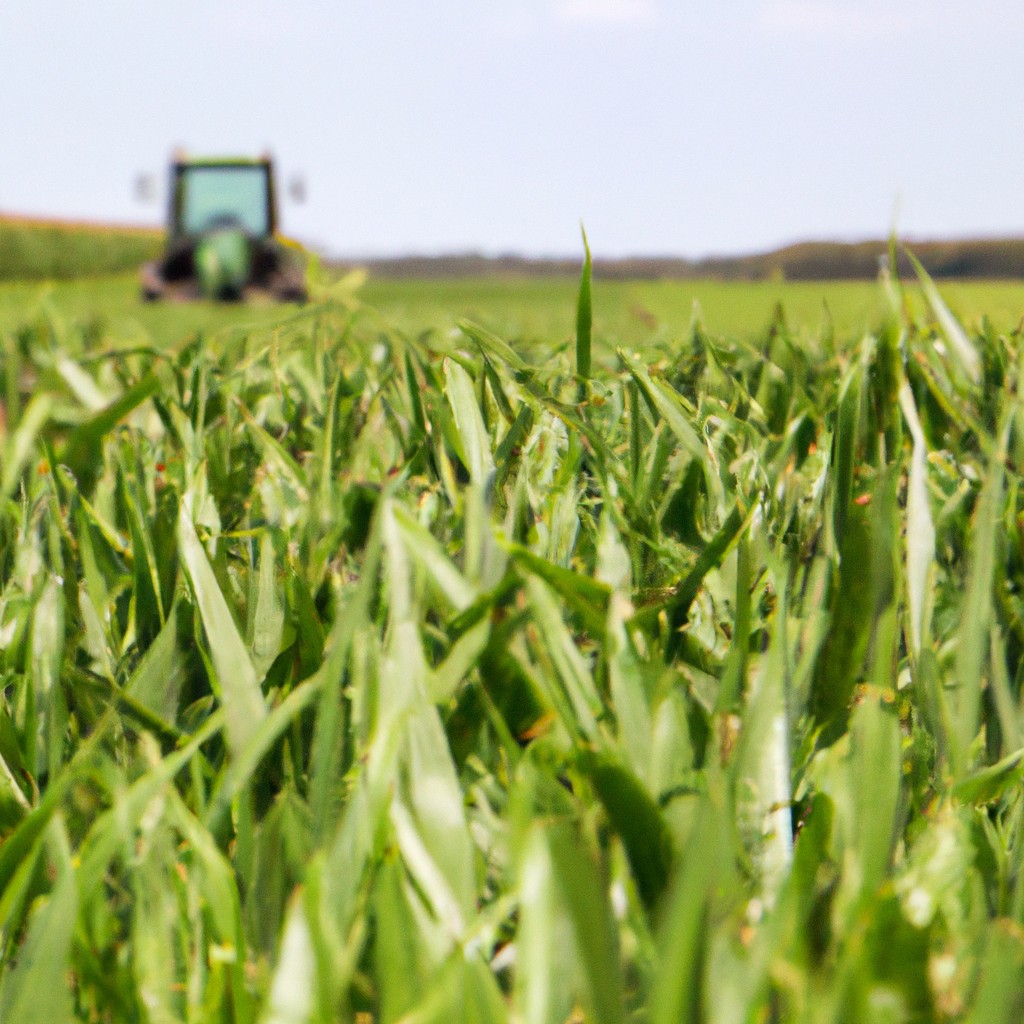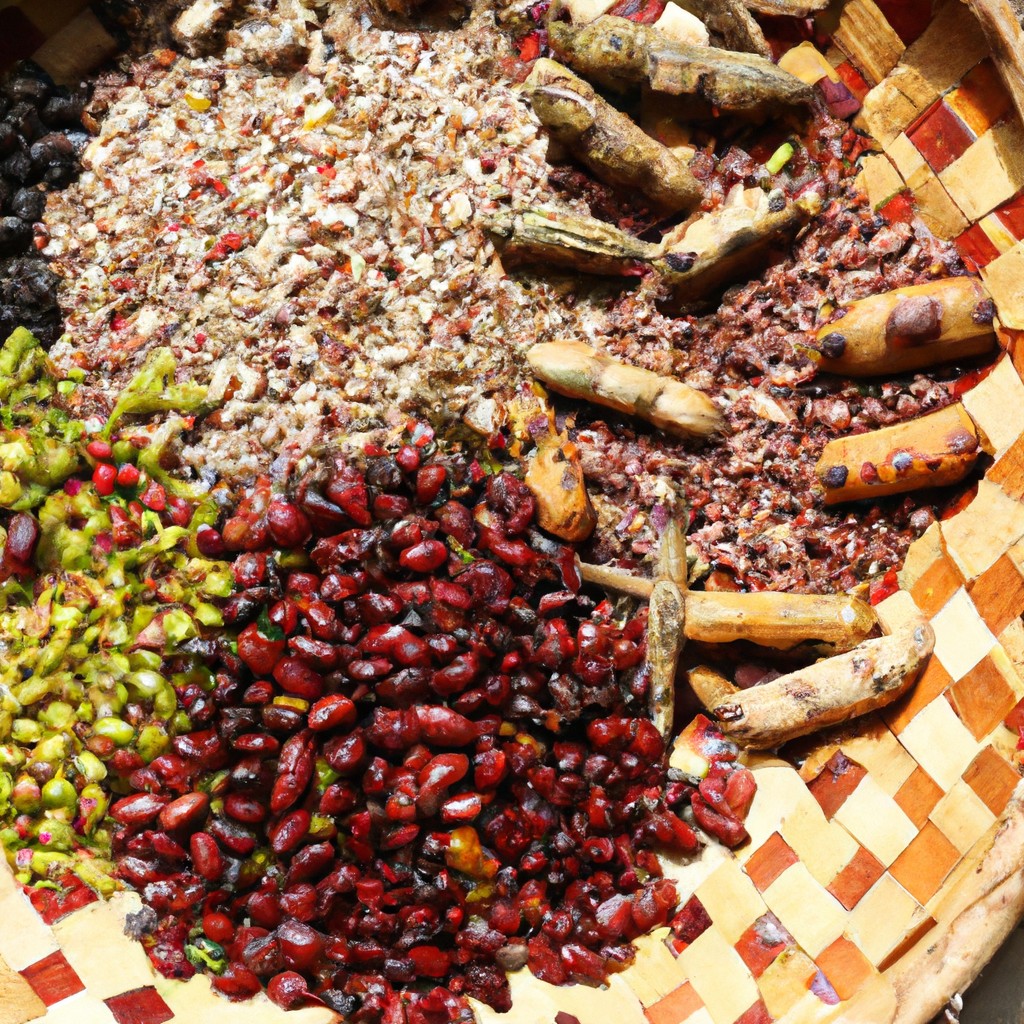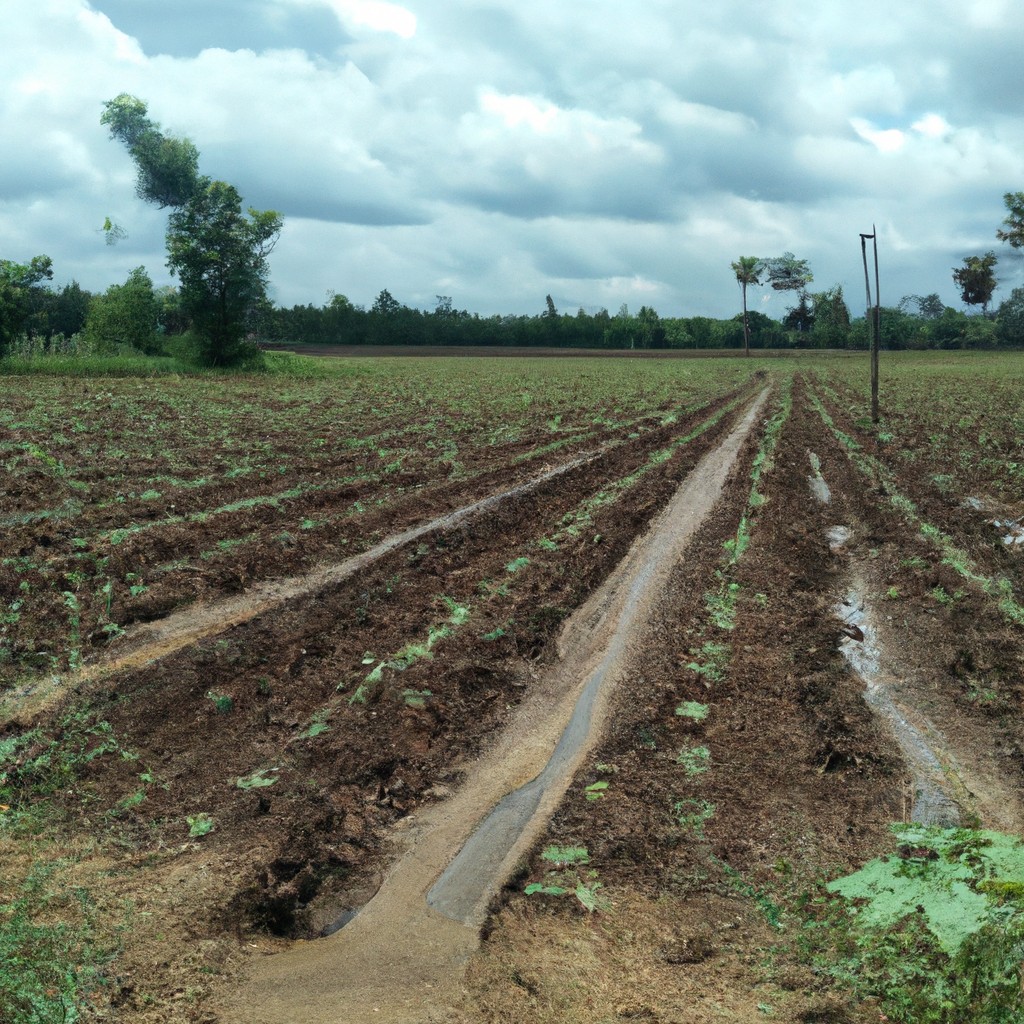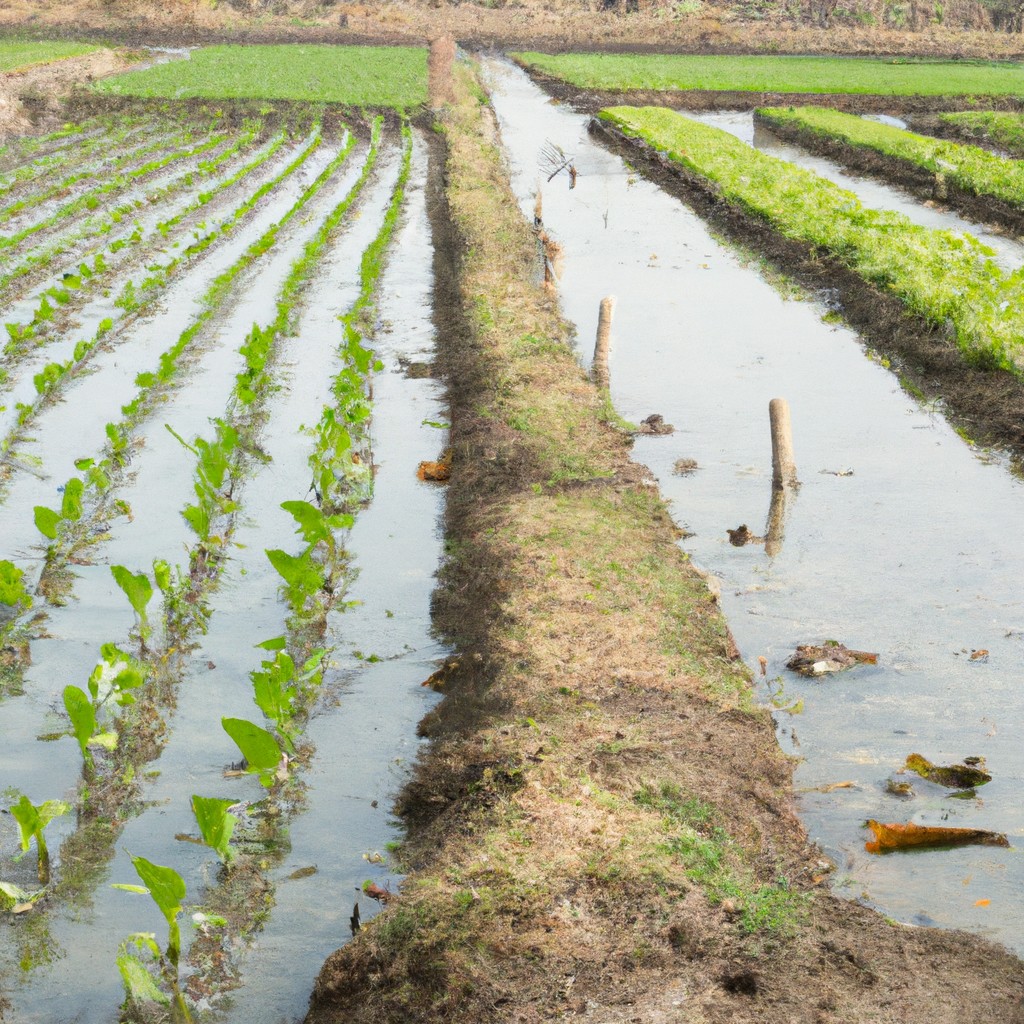The future of agriculture holds promise due to innovations in sustainable and regenerative practices that enhance food security, restore ecosystems, and adapt to climate change, ensuring food production is as cool as your neighbor’s succulent collection!
Look Inside:
Rise of Agri-Tech Innovations

Drones, robots, and AI, oh my! The future of farming is like a sci-fi movie where technology meets the humble potato patch. Crop-scouting drones ensure pests get the eviction notice before they have their first bite, while robots are pulling double duty as farmhands, sowing, weeding, and even harvesting. Talk about a busy day!
Data analytics has become the farmer’s new best friend, offering insights on soil health, crop yield, and market trends faster than the speed of corn stalk growth. With precision agriculture, even fertilizer gets a GPS-guided upgrade, ensuring that every plant gets just the right amount of what it craves. No more overindulgence in the plant food buffet!
Vertical farming is also throwing its hat in the ring, growing up instead of out. It’s like giving plants a skyscraper instead of a sprawling ranch. Saving space and water, these systems bring fresh produce closer to urban dinner plates, making salads happier and fresher than ever.
Emphasis On Regenerative Practices
Regenerative practices are like yoga for the soil—deep breaths and all. They focus on enhancing soil health rather than merely keeping it from eroding faster than your patience at a slow internet connection. Think cover crops: these unsung heroes of the field prevent soil erosion, improve water retention, and suppress pesky weeds. It’s like giving your farm a permanent green carpet.
Then there’s crop rotation. It’s the farming world’s equivalent of moving around the furniture to keep things fresh. Rotating crops helps break pest cycles and boosts nutrients. Who knew plants loved a change of scenery?
Let’s not forget about livestock. They’re not just there for their adorable faces and Internet-stardom potential. Managed grazing mimics natural herd movements, improving pasture health and enhancing biodiversity.
Compost piles are the delicious lasagna of the farming world—layered, hearty, and brimming with nutrients. This approach recycles nutrients back into the soil, providing it with a sustainable buffet. All these practices harmonize to repair ecosystems, capture carbon, and boost yields. Now that’s worth tweeting about.
Growing Demand for Sustainable Food Systems
People are hungry for more than just food; they’re craving transparency and green thumbs up from Mother Nature herself. Consumers are swapping mysterious ingredients for traceable tomatoes and eco-friendly potatoes. It’s like everyone suddenly developed X-ray vision and can spot an unsustainable farmer from a mile away.
Businesses are catching on too, with restaurants serving dishes that double as a feel-good story. Farm-to-table concepts are becoming as popular as cat videos on the internet. Chefs are swapping out exotic species for local heroes, putting superfoods like “Common Kale” and “Mr. Spinach” in the spotlight.
Government initiatives sprout up like daisies in spring, supporting producers who think of environmental impact as much as crop yield. Whether it’s composting or reducing pesky plastic packaging, sustainable farming is winning hearts, one acre at a time.
Climate-Resilient Farming Techniques
Farmers are the original superheroes. Move over, Superman. With climate-resilient techniques, their cape is getting an upgrade. Let’s dive into the toolbelt.
First up, cover cropping! It’s like a cozy blanket for the soil, protecting it from erosion while snuggling in nutrients. An environmental win-win.
Then there’s agroforestry, a fancy term for combining agriculture and trees. Who knew hosting a tree party could create microclimates, reduce soil degradation, and offer shade to crops?
Next, meet crop diversification. Think of it as speed dating for plants. By planting a variety, farmers dodge pest attacks and adapt to unpredictable weather.
Finally, behold efficient water management. From rainwater harvesting to drip irrigation, these techniques send a message to water scarcity: “Not today!”
Farmers are definitely showing climate obstacles who’s boss. Might even be time for a cape.
Increased Policy Support and Funding for Agricultural Development
Governments and organizations are betting their bottom dollar on agriculture’s potential to feed the world sustainably—and they’re not bluffing. Policies are sprouting up faster than weeds, supporting innovative farming techniques and promoting eco-friendlier practices. Ah, bureaucracy putting its paper to good use!
Consider these gems. Subsidies are being tailored to reward farmers for cultivating unicorns, also known as cover crops, that enrich the soil. Grants are showering over those embracing smart technology, turning fields of green into data-driven dreamscapes. And let’s not forget research funding pushing boundaries faster than a herd of goats eyeing a fence.
Energy-efficient practices are another focus, with incentives aimed at farmers unshackling themselves from fossil fuels. Plus, international collaborations are paving the way for shared knowledge, because farming wisdom knows no borders or boundaries—except maybe the ones lit up on FarmersOnly.com.




